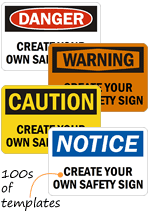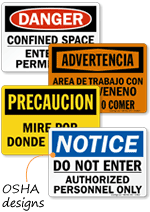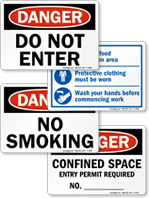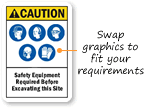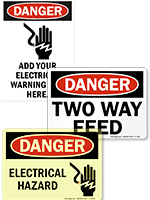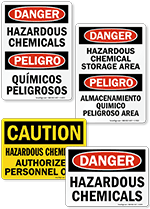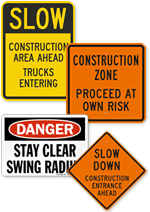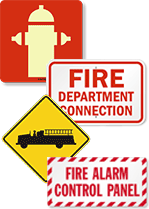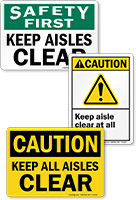John Paul Daniels
John Paul Daniels's Latest Posts
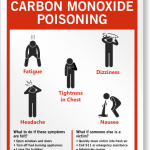
Prevent Carbon Monoxide Poisoning
Carbon monoxide is a poisonous gas that has no smell, no color, and most commonly occurs as the byproduct of burning fuel, whether from a furnace, an auto engine, or a forklift. In high concentrations, carbon monoxide prevents red blood cells from transporting oxygen. Beware carbon monoxide leaks, because they cannot be seen, smelled or […]

Noise Exposure Limits
Each year, 22 million workers are exposed to dangerous noise levels at work. High noise levels damage the inner ear nerves, and can cause noise-induced hearing loss, both as a result of damage over time, and from specific loud exposures. The National Institute for Occupational Safety & Health (NIOSH) recommends a safe noise exposure limit […]
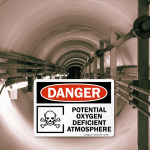
Oxygen Enriched and Deficient Atmospheres
Oxygen is what we all need to breathe, and it’s present everywhere in the atmosphere. Ordinary air is 20.9% oxygen. Oxygen tanks are used in all kinds of of industries, ranging from gas welding, to steel production, to the aviation industry, to healthcare. Oxygen is used in oxygen-acetylene welding, as a supplement for surgical patients, […]
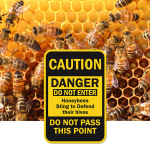
Stinging Insects
Bees, hornets, fire ants and wasps usually present only a minor hazard to workers, but they can be fatal for workers with allergies. The best ways to avoid these hazards are to avoid getting stung in the first place. Smart precautions include avoiding fragrant cologne, perfume, soap, perfume or deodorant, as the smells can attract […]
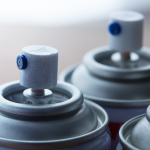
Aerosol: History and Hazards
Aerosol cans are everywhere, used for everything from insecticide to spray paint to cooking spray. The aerosol can was first invented in 1927 in Norway, but first deployed en masse during World War II, as aerosol cans of insecticide saved the lives of thousands of Allied soldiers in the Pacific Theater. Aerosol cans contain both […]
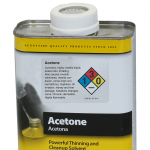
Acetone: History and Hazards
Acetone, (CH3)2CO, is a common solvent, first discovered by alchemists during the Middle Ages, where it was known as “spirit of Saturn.” In 1836, its chemical structure was determined by chemists Jean Baptiste Dumas and Justus von Leibig. In previous eras it was made from the distillation of starches. A key component in explosive manufacture […]

Anthrax: History and Hazards
Anthrax is a disease caused by the bacteria Bacillus anthracis, and has been known since antiquity. The disease’s name comes from the Greek word for “coal,” because the black lesions that develop on the skin resemble coal. Robert Koch, a German doctor, identified the anthrax bacterium in 1875, a discovery that won him the 1905 […]
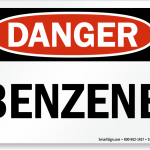
Benzene: History and Hazards
Benzene, C6H6, is a highly flammable, colorless liquid used in gasoline, as a laboratory solvent, and, most commonly, in the chemical industry. Benzene was discovered in 1825 by the English chemist Michael Faraday, under the name “bicarburet of hydrogen.” Before the 1950s, benzene was produced from coal; in the modern era, benzene comes from the […]

Protect Workers from Heat Illness
The body’s temperature is naturally self-regulating, as the body normally sweats to lower the body’s temperature in hot weather. But prolonged exposure to hot, humid conditions can cause workers’ body temperatures become dangerously elevated, a condition called heat illness. In 2014, over 2600 workers suffered from heat illness, and 18 died. There are two major […]
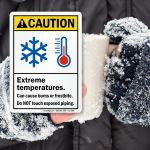
Cold Stress: Identify Types Before You Treat Affected Workers
Extreme cold can be dangerous for workers, especially those working outdoors in winter, or in refrigerated environments, such as first responders, utility employees, and people involved in snow removal. (A prefatory note: the definition of “extreme cold” depends on the region– extreme cold in sunny Los Angeles is very, very different from extreme cold in […]
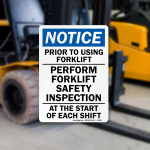
How to Conduct a Pre-Start Forklift Inspection
Conduct pre-start inspection with the engine off. Check fluid levels and inspect for leaks. Make sure safety devices are working and that safety warnings are present. Check mast chain tension. Do not put your hand inside the mast! Check tires for cuts and make sure tire pressure is adequate. Check operator compartment for grease and […]


